
Noblesville mayor-elect Jensen views projected population surge as opportunity
But first—Chris Jensen said—the city needs to take steps that will help guide and keep a handle on the coming influx of residents and businesses.

But first—Chris Jensen said—the city needs to take steps that will help guide and keep a handle on the coming influx of residents and businesses.
The increase is the Indiana’s strongest annual gain since 2009 and outpaced neighboring states.

The company—one of two offering rent-by-the-minute scooters in Indianapolis—said it plans to return to business once the city establishes its regulatory procedures.
Indianapolis added an estimated 5,549 people between July 1, 2016, and July 1, 2017, but was passed by a Texas city that added 18,664 people.

The decrease was taken as a positive sign by city leaders who are trying to increase efforts to provide more people with permanent housing.
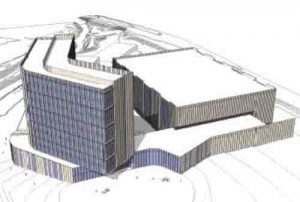
The same proposal also authorizes the city to spend $4.2 million for the acquisition of 140 acres of land from Citizens Energy Group as the site for the new jail, courthouses and mental health center.
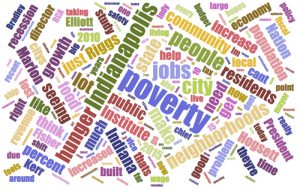
A Sagamore Institute study discovered that the portion of Indianapolis residents living in poverty increased from 11.8 percent in 2000 to 21.3 percent in 2015—an increase of 85,063 people.
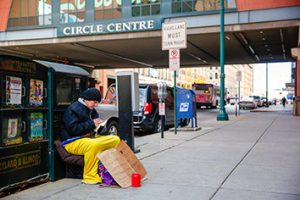
The first pieces of the new initiative involving businesses, social-service groups and the police are launching this month.
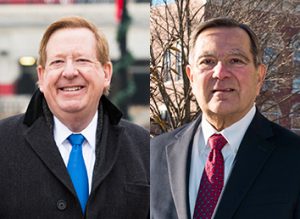
Attracting higher-wage residents is key to future growth as city revenues have stagnated and local governments have become increasingly reliant on income taxes. Republican Chuck Brewer and Democrat Joe Hogsett are proposing ways to bolster Indy neighborhoods.
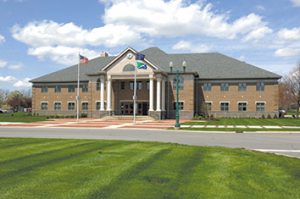
A fast-growing city like Fishers can add thousands of new residents in just a few years. But several state funding allocations are based on population numbers the U.S. Census Bureau collects only once a decade, which could grossly underestimate the city’s density.
Despite the relatively strong growth, Indianapolis was passed by Jacksonville, Florida, and San Francisco on the list of the nation's largest cities and now ranks 14th.
The report says Indianapolis added an average of about 7,200 residents annually from 2010 to 2013, nearly twice its pace from 2000 to 2010.
Census Bureau estimates released Monday show Indiana’s population grew by about 33,000 people from 2012 to 2013, topping out at about 6.57 million residents.
Indiana's population is projected to grow by 1 million people by 2050, to nearly 7.5 million people in total, but most of the growth will occur in the Indianapolis area, especially in the northern suburbs.

Indiana added about 400,000 new residents during the past decade, giving the state enough population growth to safeguard its nine U.S. House seats and avoid a repeat of the one-seat loss it saw after the 2000 census.

Purdue's Center for the Environment and the Chinese Academy of Sciences will use their partnership to focus on the impact of population growth and urbanization in the two nations.
Using U.S. Census data, the Indiana Business Research Center finds Indianapolis’ population grew by 6,854 residents last year
while Fishers, Noblesville, Carmel and Greenwood saw less-than-average gains.